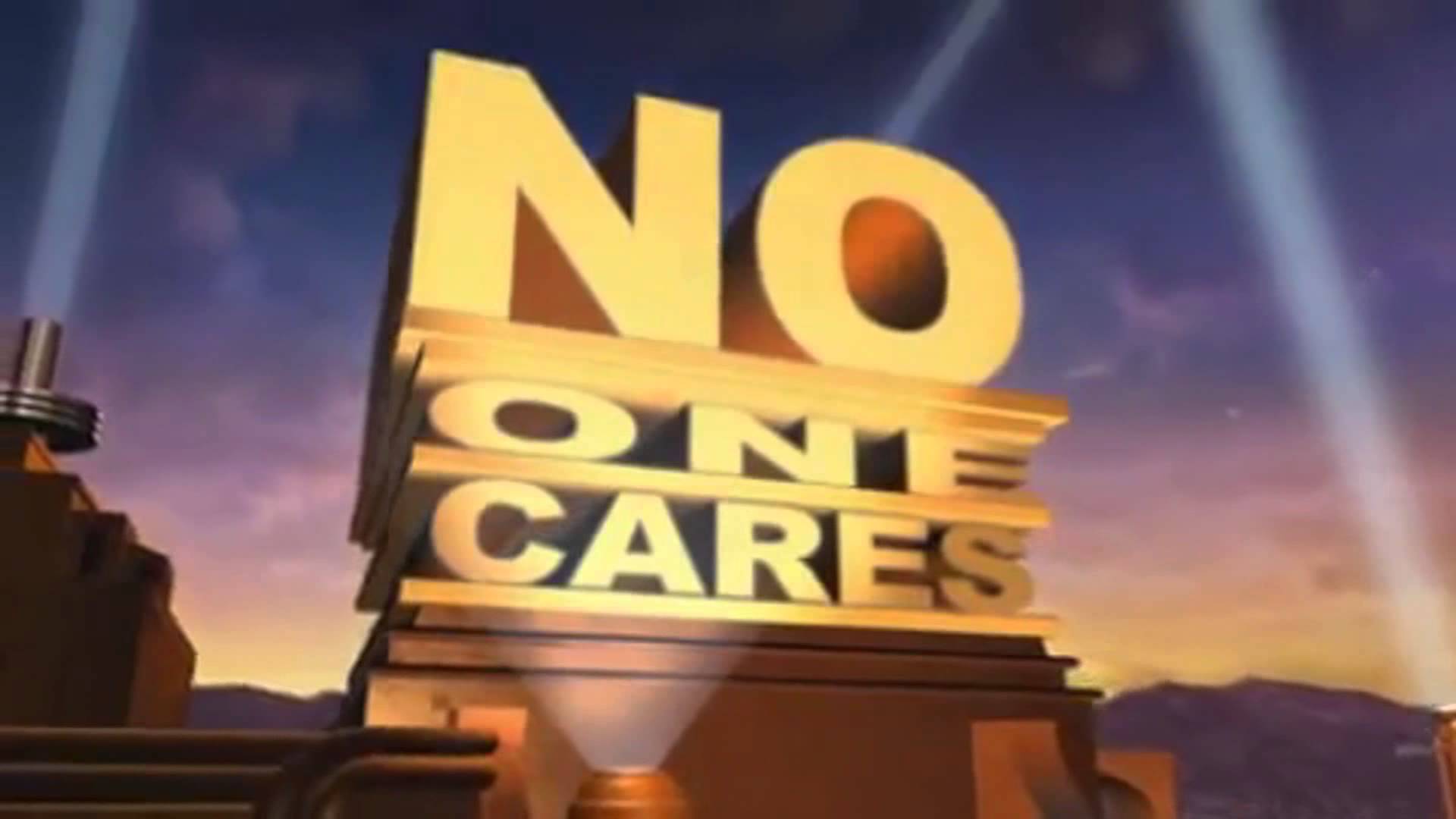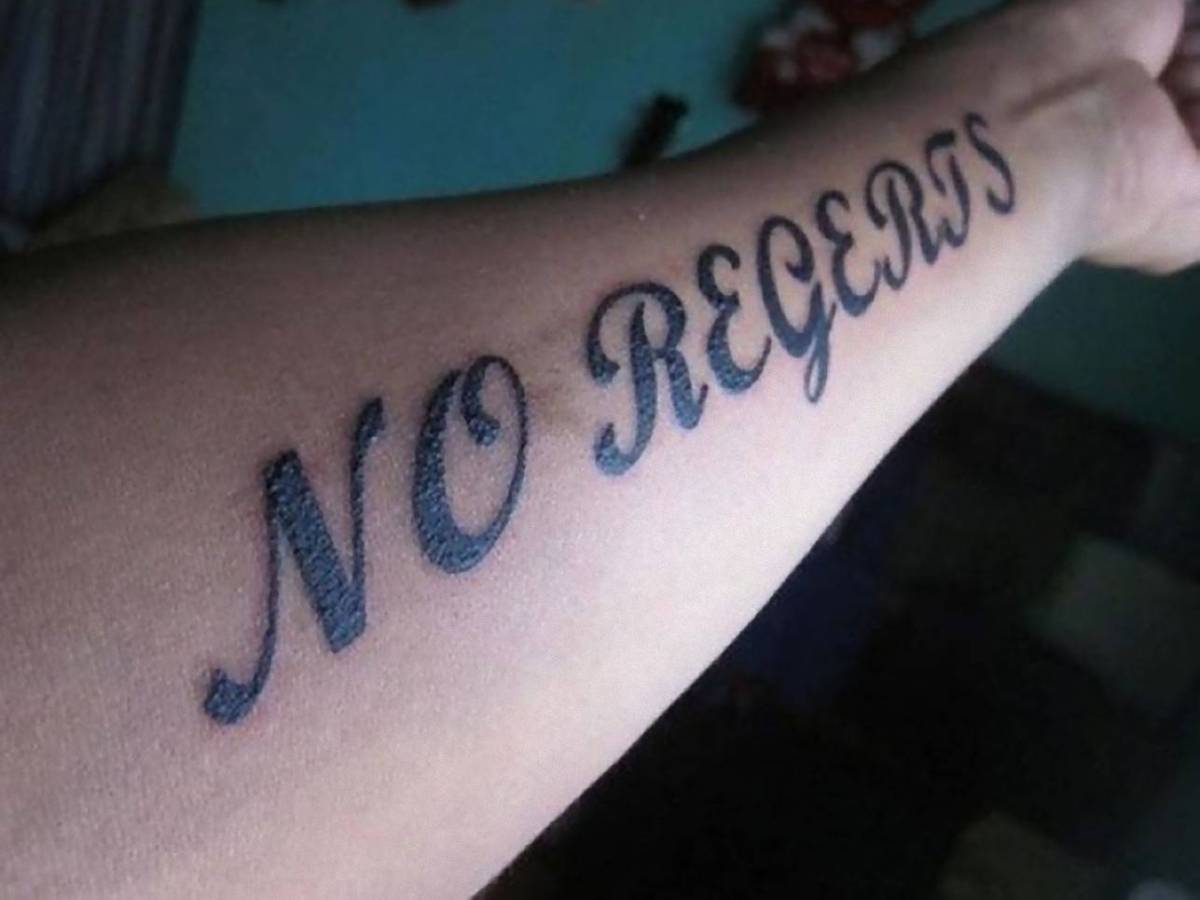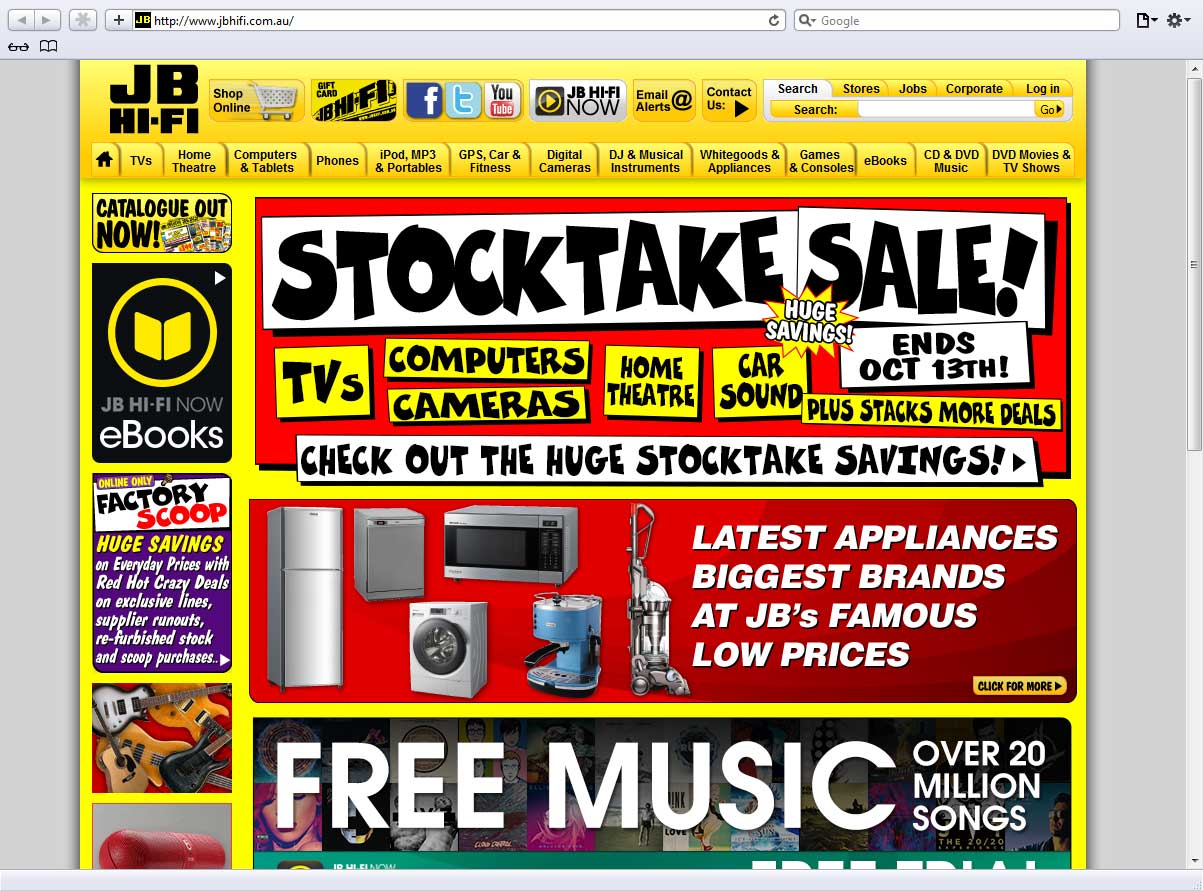15 Email Campaign Mistakes — and How to Avoid Them
So you’ve taken the plunge—you’ve invested in an automated email campaign. And I’ve got great news for you: you’re definitely on the right track.
Email is proven to be 40 times more effective than Facebook or Twitter when it comes to driving sales. It’s got a 66-percent conversion rate, and a full 73 percent of millennials cite it as their number-one means of business communication.
There’s just one problem:
Most marketers completely misunderstand the purpose of an email campaign.

Most marketers don’t really understand what an email campaign is supposed to do.
If you treat email as a digital version of direct mail, you’re about to have a rude awakening—an avalanche of unsubscribes. Because the primary purpose of your email campaign isn’t to sell — it’s to talk about what your prospects are interested in.
How does talking about people’s interests translate into sales?
Think about this for a moment — how long could you tolerate a romantic partner who’s always talking about their ex?
Because that’s exactly how most email campaigns sound: “Look what we made! We loved making this! Here’s us in Manhattan last year!”
No wonder most prospects unsubscribe!
To cultivate a productive relationship with your audience, you need to take the time to understand their interests—how they feel about what you’re showing and telling them—and build new memories together. In other words —
To get the results you want, you need to treat your prospects as partners.
With that core concept in mind, here are 15 email campaign mistakes to catch and fix.
Mistake 1: Announcing but not informing
So you’ve crafted a friendly, chatty monthly newsletter, and now you’re ready to send it out to prospects.
Wait! Before you hit send:
What’s the title? More than likely, an email titled “July Newsletter” will wind up in the trash. Why? Because nobody cares what your company’s been up to this month.

Nobody cares what your company’s been up to this month.
However, they might be very interested in the great, easy-to-use travel app you’ve developed, or maybe they’re curious about how your brand-new technique can save them money. So forget announcements. Instead, ask yourself, “What would we talk about over a beer?” Then tell your prospects something they actually want to know.
Mistake 2: Writing long-winded emails
It’s great that you’re passionate about your company — and it’s awesome that your passion comes across in your emails. However, this doesn’t mean you need to rant for thousands of words. An effective marketing email should be about 400 words, maximum. Start by writing out all your thoughts, then fire up that “delete” button and cut the message way down. Then cut it down again. And again, until you’ve got a streamlined scalpel of an email. Get straight to the point. Your prospects will thank you for it.
Mistake 3: Failing to raise and address objections
Why do some prospects come so close to a purchase, then choose not to buy from you? Nine times out of ten, it’s because they came up with a reason not to buy, and you failed to raise and address that objection.

It’s your job to raise objections, so you can address them.
And hey, I get it. The truth hurts, especially when you care so deeply about the services you provide. But talking frankly about objections demonstrates strength and confidence. Bring up the cons — then crush them.
Mistake 4: Shying away from showing your personality
Sometimes it feels safer to hide your real personality behind bland business language. Problem is, everybody’s heard “We value you as a customer!” a thousand times already. As important as it is to come across as professional, your emails will get much more traction if you sound like yourself, and state your real opinions clearly and firmly. Plus, when you’re willing to be a bit playful with the business language, you come across as savvy and sociable.
Mistake 5: Sloppy fonts and formatting
Email doesn’t mean plain text. World-class marketers send emails that look like designer web pages, complete with precise formatting and professional graphic design. Unless you’re an HTML and CSS expert, you’re probably better off hiring a formatting pro. At the very least, check out Email Excellence for guides on formatting for your industry and campaign type.

Don’t do this in your email campaign.
Mistake 6: The wall of text
Here are two simple words that’ll significantly raise your click-through rate. Are you ready? Bullet points. People read emails differently than they read books or magazine articles — they skim the headlines and bullets, then read the paragraphs more closely if those highlights catch their interest. So break up your emails into short paragraphs, topped with bold headlines and subheads that summarize the story.
Mistake 7: Forgetting to check spelling and punctuation
Yes, I know you know how to spell and punctuate. Listen — I’ve been writing copy for more than a decade, and even I forget a period now and then. It just happens. So do yourself and your prospects a favor: put every email aside for a few hours, then proofread and spell-check it thoroughly when you’ve got a quiet moment to yourself. It’ll make a huge difference.

Failing to check spelling and punctuation will lead to… “regert.”
Mistake 8: Screwing up personalization
Personalized emails have been shown to boost click-through rates by 14 percent, and raise conversions by 10 percent. But an email that starts with a mess like “%CUSTOMER_NAME%” will get sent straight to the trash bin. Take the time to collect at least some personal info on every prospect who signs up for your email list — and test, test, test every email in your campaign, until you’re positive that your personalization works flawlessly.
Mistake 9: Too many images — or too few
Emails packed full of big images can take forever to load — while emails consisting of nothing but text are unbelievably boring to read. The right balance between these two extremes depends on the purpose of your campaign, the type of audience you’re trying to connect with, and the image of your company you want to convey. Business-to-business (B2B) emails can often get away with one or two images and some brief bullet-pointed text, while business-to-consumer (B2C) emails tend to feature bright, attention-grabbing images.

Don’t overwhelm your audience with too many images and links.
Mistake 10: Forgetting about message previews
Almost all email clients display some of the email’s text next to the subject line. Some also include a small thumbnail of the email’s first image. These message previews can make or break your campaign’s success, so don’t take them lightly. Your emails need to capture prospects’ interest before they’ve even opened the message. Open with an attention-grabbing question, image, or offer — but don’t give too much away just yet. Your lead-in should be just enough to make the prospect open the email to read the rest of the sentence. Then you’ve got ’em!
Mistake 11: Sloppy links
Once your email has raised the reader’s interest, it needs to immediately drive a concrete action: a click back to a page on your site where they can make a purchase, read more of your content, or sign up for more information. This doesn’t mean, however, that your email should be over-stuffed with annoying calls to action (CTAs). Instead, provide a link back to a relevant page, at the exact point in the email where the reader wants to learn more.

If your email looks like this… stop, and delete all but one of your CTAs.
Mistake 12: Inconsistent emailing
One of the most disastrous email campaign mistakes is to write and send emails on the fly, on no particular schedule. Experts differ on how frequently you should send marketing emails — the truth is, it depends heavily on your industry and audience — but most agree that one email a week is ideal. That means if you want to run a three-month email campaign, you need to have 12 emails written, proofread, formatted and ready to go, before you even click “start.” You can always add more emails later, if you decide to prolong the campaign.
Mistake 13: Ignoring your analytics
No matter what email automation platform you’re using, it gathers hard data on each email’s performance. Take a look at that data. Is one email performing better than the others? Write more content about that topic. Is one link getting a lot of clicks? Put more useful content on that page. Your email campaign will bring you a goldmine of actionable insights about your audience, as long as you pay attention to the data.

Don’t ignore what your email analytics are trying to tell you.
Mistake 14: Sending every customer the same emails
Another handy feature of many marketing platforms is the ability to break your audience into segments, according to their age, geographical region, income level, interests, and all kinds of other traits. It takes time and effort to segment your audience properly, and to develop unique content targeted at each segment — but once you get the hang of the process, it can yield tremendous returns. People are far more likely to click on emails that speak directly to their needs and desires. Make sure your emails push those buttons, every time.
Mistake 15: Sending the same emails at every time of year
A lot of email automation platforms brand themselves as “set-it-and-forget-it” solutions. But as thrilling as it is to load up your campaign manager and watch it leap into action, it’s all too easy to let it blast out summer-related emails during the winter holiday season, and vice versa. Avoid wasting your prospects’ time — not to mention your valuable email content — by creating targeted campaigns for each season of the year. You’ll notice a distinctly higher click-through rate.
Keep an eye out for these 15 missteps, and you’ll end up with much more loyal customers.
Want to talk through your email campaign strategy in more detail? That’s exactly why we’re here.
Schedule your free consultation now.

A 15-year veteran of the journalism and media industries, Ben loves to energize audiences about the frontiers of science, culture and technology — and the ways all these come together.


 (323) 904-8463
(323) 904-8463
